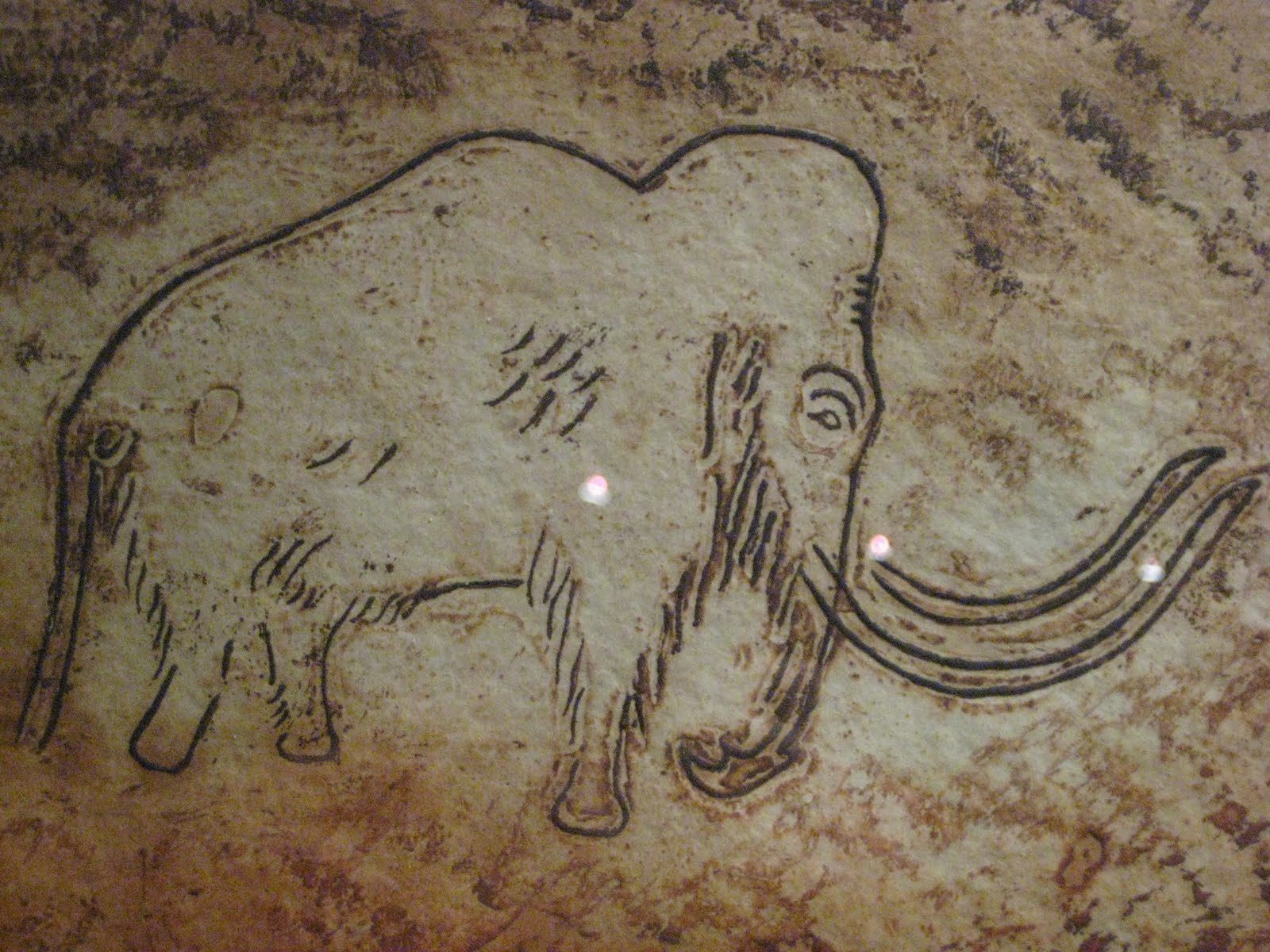A: We have been noting the questions on your forum and would like to make some small comments.
Q: (Galatea) Okay.
(L) Hang on! I see something long is coming, so let me get myself ready ... Alright, carry on!
A: Questions about "The Great Work" and "work on the self" and the preparations for "graduation" and so forth. Most of the clues and even direct answers have been given in the past, however we will summarize and give examples. All such aims concentrate, in essence, on or in awareness! Awareness is knowledge in action. Now, think of the concept you know as transmarginal inhibition.
Q: (L) Okay. Transmarginal inhibition is when an organism is stressed or pushed to the point where they break. It's like they become blank slates, and then they can be easily reprogrammed. Is that what we're getting at here?
A: Yes. Now think of the super important bit of data we sought to get through to you some years ago regarding parasitic infestations preventing a "quantum leap in awareness."
Q: (L) So you're saying that awareness is the key to the Great Work, work on the self, graduating to 4D, or whatever. Awareness involves knowledge, and quantum leaps in awareness can be prevented by parasitic infestations, which is somehow related to transmarginal inhibition.
(Pierre) How does it relate?
(Perceval) It makes people easy prey. Like toxoplasmosis in cats.
(L) So, okay... Continue.
A: The recent discoveries you have made in terms of the causation of chronic and other deadly diseases is the gathering together of the keys to the opening of a door to greater awareness!!!!
Q: (Andromeda) Huh.
(Perceval) So you don't have the key yet.
(L) When you made that remark, that was years ago... That was in 1997? That was in the context, if I remember correctly, of when I was following bloodlines. You diverted my direction by introducing this topic about quantum leaps in awareness and parasitic infestation. And then I think the topic then moved on to the discussion of an alien race wanting to take over the planet and how they would do that. Maybe we could go find that session...
[Break for finding session transcript from August 9, 1997]
(Andromeda) So we get rid of all of these bugs, all the right DNA turns on, and then we become more aware and get superpowers. That's what I'm getting from this.
(Pierre) So regarding these bloodlines, are they for example people who would graduate, but they have some weakness and they get infested by parasites that prevent them from graduation?
(L) Is it a weakness, or is it by design?
L reads from August 9, 1997 transcript:
Q: Next question: is there any relationship between the fact that Roger de Mortimer, the carrier of the last of the line of the Welsh kings, was the lover of Isabella of France, who was the daughter of Philip the Fair, the destroyer of the Templars, and the murder of Edward II, the first of the English Prince of Wales?
A: Templars are a setup, insofar as persecution is concerned. Remember your "historical records" can be distorted, in order to throw off future inquiries, such as your own.
Q: I know that. I have already figured that one out! But, it seems that no one else has made this connection. I mean, the bloodlines that converge in the Percys and the Mortimers are incredible!
A: You should know that these bloodlines become parasitically infected, harassed and tinkered with whenever a quantum leap of awareness is imminent.
Q: Whenever a quantum leap...
A: Such as "now."
Q: Did Isabella and Mortimer have a child while they were in hiding in France?
A: No. Here is something for you to digest: Why is it that your scientists have overlooked the obvious when they insist that alien beings cannot travel to earth from a distant system???
Q: And what is this obvious thing?
A: Even if speed of light travel, or "faster," were not possible, and it is, of course, there is no reason why an alien race could not construct a space "ark," living for many generations on it. They could travel great distances through time and space, looking for a suitable world for conquest. Upon finding such, they could then install this ark in a distant orbit, build bases upon various solid planes in that solar system, and proceed to patiently manipulate the chosen civilizations to develop a suitable technological infrastructure. And then, after the instituting of a long, slow, and grand mind programming project, simply step in and take it over once the situation was suitable.
(L) So... Are you suggesting that, for example, if there are people who get infectious diseases that cause atherosclerosis, heart disease, cancer, rheumatoid arthritis, multiple sclerosis, lupus, or any of these so-called autoimmune diseases, that these diseases are not genetically caused as they have been saying for the last 50 or 60 years, but that perhaps they were designed for people who carry certain genetic markers in their DNA, which then get labeled as the causative gene? Is that what we're getting at here?
A: Very close indeed. There is also the "tinkering" that can take place.
Q: (L) So in our particular reality and time and place, the so-called "Great Work", the alchemical self-transformation, must necessarily include work on diet and health issues and a vast increase in knowledge in those areas in order to cancel out the effects of transmarginal inhibition?
A: Yes
Q: (L) I don't know of any better way to put it. Anybody else?
(Pierre) There seems to be something else. The way they refer to parasites is that they are preventing not only the gaining of knowledge and growth of awareness, but also this quantum leap. Maybe if you have parasites, you can still increase your knowledge and awareness, but you'll reach a sort of glass ceiling that prevents you from graduating.
A: Yes
Q: (L) What's the tinkering there?
A: The parasites act as receivers.
Q: (Pierre) Yeah. The parasites act as receivers. So when you are full of parasites you are more under the influence of bad waves, or waves sent by bad entities. You're more susceptible to those messages. There's a bad influence on you beyond the parasites.
A: Getting free of parasitic microorganisms is one of the first orders of business for transformation.
Q: (Galatea) Would you say that the closer somebody gets to graduating, the worse things get? Like they start to feel worse?
A: In many cases, yes.
Q: (L) If you get too smart, then something happens. I wonder if they even have something designed into the system that makes that happen?
A: Yes
Q: (Pierre) They have a back door.
(Perceval) When they said that the parasites act as receivers, receivers of what?
A: Waves of information.
Q: (Perceval) The reference to bloodlines becoming parasitically infected, does that refer to certain bloodlines that were particularly targeted for infestation?
A: Yes
Q: (Perceval) As in bloodlines or genetic profiles that were more likely to have an increase in awareness or to be more of a threat to the system?
A: Yes
Q: (L) That's pretty freaking depressing.
(Pierre) That's cunning.
(Perceval) What did they say about the tinkering?
(L) Okay, how is the tinkering done?
A: Most often via viruses.
Q: (L) Is the campaign to vaccinate everyone part of this project to make sure that everybody gets the viruses that are needed to stop them from progressing?
A: Yes
Q: (L) I know you said that the mark of the beast is something that relates to anybody who accepts torture and that sort of thing, but some of those old ideas about the mark of the beast, it's like DNA is code... So, maybe have these virally implanted genetic instructions could be considered as the mark of the beast.
A: It goes together!
Q: (L) So if they get these virally implanted DNA codons or something, that then makes them of the type of person who is accepting of the bad waves and the torture and so forth...
A: Yes
Q: (Perceval) Can we assume that most of the population of the planet is infected with these kinds of parasites?
A: Many, not most. Some have strong resistance. And also, some have compensatory counteractive codons.
Q: (L) So somehow, by virtue of natural selection I would imagine, some people manage to get lucky draws and get a set of genes that are highly resistant to this type of manipulation?
A: Yes. Or at least with compensation.
Q: (L) So, when you say "compensation", that would be similar to the example of somebody who has sickle-cell anemia, which also protects against malaria? So you could have something that makes you susceptible to a condition, but at the same time the way you are susceptible also makes you resistance to something else? Is that what we're getting at here?
A: Yes. Close.
Q: (Chu) But the fact that these people are immune sort of doesn't necessarily make them aware, right?
A: Yes
Q: (Chu) You need the knowledge, too.
(Perceval) This parasitic infestation to control people is over and above ponerization, psychopathology, media brainwashing, etc. People who don't have this parasitic infestation...
(L) And I'm sure there are lots of people who don't have the susceptibility who don't give a crap about knowledge or awareness or graduation or anything.
(Pierre) But is the opposite true? Can you have the great resistance, and the potential to graduate as well?
A: In some cases, yes.
Q: (Perceval) So it's basically wasted on a lot of people in a certain sense.
(Pierre) At least they're not sick.
(Perceval) No, the people who want to fight against the system and who care about the state of the world and the lies and all that stuff, they don't have the immunity. But the ones who do have it, they're not influenced by the waves but they don't care.
(Galatea) So is there positive information we can acquire somehow to combat the negative information?
A: We have given you the data and clues. Knowledge must be acquired via efforts so as to make proper connections and pathways in the brain.
Q: (L) Why is it so important to make connections and pathways in the brain?
A: That is, quite simply, building your receiver!!!
Q: (L) So, it is important to acquire knowledge, information, and to do it in a way that builds your brain power because that's your receiver. Your receiver receives...
(Galatea) Cosmic information.
A: Higher energies!
Q: (Chu) I would also think that the efforts are a key because that's like the enemy of a parasite. A parasite lives off other cells or other living organisms for free basically. But if you make an effort, you're actually using opposite information to what you’re wired to do.
(L) Yeah, when you make efforts, you're putting information into the system. They make no efforts, so they are tending towards entropy and chaos.
(Pierre) What Chu means is that there is almost opposing philosophies.
(Chu) It's like a clash. If they feed from your life force, their mode of living is by not doing anything and having your body do it for them. With effort, it's like a clash opposite to how they function.
(Pierre) If you're parasitic, that might resonate with the parasites' energy, and they find a positive environment. If you have the opposite energy, if you're creative and make efforts, maybe your overall energy will be in opposition to the parasites' intrinsic entropic vibration.
(Data) The same with conscious suffering.
(Perceval) I think the point here is that in order to make these pathways in the brain, one of the things that stops that from happening are these parasites. So, physically, getting rid of the parasites is required to create this positive feedback loop.
(L) I think you can acquire knowledge to a certain point, but...
(Perceval) We're talking about a physical problem here in the sense of doxycycline or whatever is necessary to deal with a parasitic infestation. It's not that some way....
(L) Yeah, you're not going to ephemerally deal with it, no. It's like all of our researches into diet. In 2008 after I had that operation, my brain was fogged and I was so... I couldn't even sit at my desk for 5 minutes without my legs swelling so bad, I had to get back into bed. I would be dead now if we hadn't gone on the... Well, if I hadn't browbeaten everyone and said, "Hey, I'm gonna do this thing here, and ya'll gotta do it, too!" [laughter]
(Chu) What I'm trying to get at is that it's a double whammy. If you're a doctor, you acquire the knowledge about the parasites, but if you're not building that willpower, you may get rid of the parasites but not acquire awareness. But if you act against the nature of a parasite while you get rid of the physical parasites, that's different.
(Perceval) People who have an immunity naturally, they don't get infested, but they don't do anything with the capability they have.
(Chu) So that's why you need the superefforts.
(L) There's another problem. There are two things I've noticed from various people on the forum. There are the ones that are so horrified by the terror of the situation, like, "I don't belong to this world! I'm not part of this! I can't eat meat! I can't eat vegetables. I have to live on air and sunshine because it's so awful and horrible that I just can't stand it!" So, there's that reaction. And then there's the other one where when we have a session, ideas are promoted, people start to do things or try things before they themselves have done a little of the research, ya know? I think there are the people who don't want to learn anything, and then there are people who want to do and achieve, but they want an easy way.
(Pierre) For proper acquisition of knowledge, you need a sufficient amount of time and effort and... suffering, basically.
A: There is no free lunch except maybe for parasites!
Q: (L) And we're their lunch as long as we think there's a free lunch!
A: Yes!
Q: (Data) Is that the meaning of humanity being "food for the moon"?
A: Close, though Gurdjieff did not fully understand all the particulars.
Q: (L) Well, one of things I noticed from reading this book "Plague Time" that I just finished is that many of the most insidious of the long-term chronic disease parasites are what they would call sexually transmitted: by sex, kissing, close contact, etc. It seems to me that based on what I was reading in this book, some of the ancient ideas about extreme sexual morality were directed at preventing just these kinds of conditions. Am I reading too much into it?
A: No, the knowledge was passed down until the reasons were forgotten.
Q: (L) Now, it's the really ridiculous religious rules or whatever, and originally there were scientific reasons for it. It's like the pork thing. There was a reason. There was a reason about pork and a way to deal with pork, but somehow they lost it. Now you've got all these Muslims going around with woman covering themselves head to foot and all the purity rules of the Jews, and the “no dancing” of the fundies and all that. Most of what is in the Hebrew Bible in terms of laws came from the Pythagoreans. So that suggests that Pythagoras was a transmitter of really ancient knowledge.
A: Yes
Q: (L) Well, well, well...
(Galatea) Can I ask a question? The C's have said that abstinence is ideal for graduation but only if it is sincere. So, what do you think about people who claim that they are asexual? Are they somehow superior to us, or what?
A: No
Q: (Galatea) Okay. So, what makes them feel the need to be asexual? Is it biology or what?
A: Discombobulated brain chemistry.
Q: (Galatea) So basically they're just messed up in the head.
(Perceval) Literally.
A: Yes
[...]
(Galatea) I've been having memories of things that never happened before, as if I was walking in another reality and then came into a new one. I could have sworn that something happened that didn't happen. I'm wondering if our reality is merging with different realities?
A: Oh indeed! You will achieve so much clarity once the bugs are gone!






